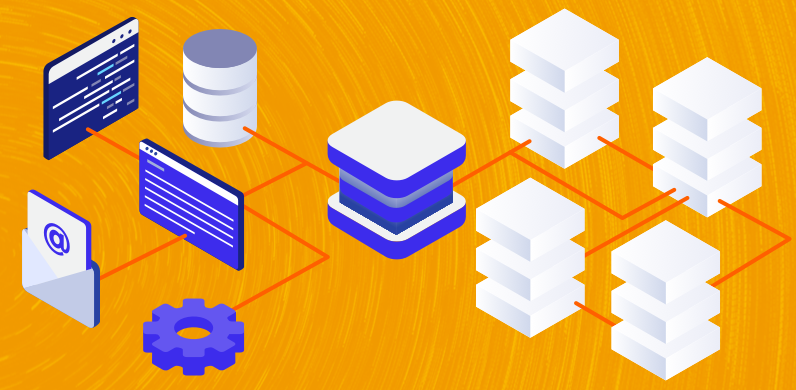
In the past decade, software defined networking (SDN) has evolved from an ultra-hyped set of emerging technologies expected to revolutionize interconnected networks to a formidable, trusted solution offered by vendors from Cisco to VMWare. And it’s growing at a steady pace, with a projected market worth of more than $12 billion in 2022, according to a report by IDC.
However, despite its early success and consistent rate of adoption, many IT leaders (namely network engineers and administrators) are still hesitant to implement SDN. For smaller organizations, it can be challenging to determine whether its benefits justify the cost and time it takes to implement.
To help you decide whether software defined networking is the right choice for your organization, here are several advantages to keep in mind, plus tips for a seamless implementation.
What are the advantages of software defined networking?
Here are a few ways SDN can benefit your organization:
- It adapts to unpredictable network loads
We don’t have to remind you that, these days, nearly everything connects to the internet. And as the Internet of Things expands, so will the number of devices sucking up your bandwidth and dragging down your network.SDN helps resolve this issue by distributing the load more evenly among your resources so your network won’t be bogged down during sudden peaks in demand. - There are no middlemen
Unlike a standard VPN, SDN links all services and hosts directly. There’s no “middleman” to muddy up the process. And instead of manually reconfiguring routers and switches, SDN allows you to make changes automatically and in (almost) real-time.Additionally, the automated provisioning aspect of SDN helps data centers better align with the needs of various application workloads. - It uses existing infrastructure
You can roll out SDN using the same routers and switches already in your environment. Then, software defined networking uses a high-level view of your entire network to make smart routing and switching decisions based on the system as a whole (rather than just neighboring equipment.) - SDN helps enhance security
Every connected device represents another entry point cybercriminals could exploit to access your data. But SDN helps boost your security. For example, if you have a few IoT devices with relatively unsophisticated security features, you could segment those items away from high-value traffic. Additionally, you could also set up a public network (with lower security) separate from your network that processes sensitive data.
Of course, SDN is not without a few drawbacks. Although software defined networking automates network configuration, you’ll have to first change your entire network infrastructure to implement the SDN controller and protocol. Implementing SDN can also present a learning curve, depending on how well your staff is trained in this arena. Finally, the single point of failure could pose security risks if you don’t have the right IT security precautions in place.
How to Launch SDN in Your Organization
Here are three things you’ll need to do to ensure a smooth transition to a software defined network:
- Make sure you have the right skill sets in place
From professionals who can write security policy to network engineers, successfully implementing requires a wide variety of IT skills and resources. Additionally, your team must be prepared to collaborate consistently. - Test SDN in a less critical area of your network
For most organizations, launching SDN means treading unfamiliar territory. As you iron out the kinks and learn how to manage your systems most effectively on this new technology, it’s best to limit it to one small, non-critical area of your network. This way, if mistakes are made, it won’t rattle your entire organization. - Deploy slowly
While a slow deployment may seem counterintuitive, it’s essential you and your team are thoroughly familiar with SDN before you expand it to your entire network. Pulling the trigger too early could disrupt operational performance and drive more inefficiency than it solves.
Implementing SDN can require a significant investment of time and energy. However, SDN’s many advantages — combined with the shift toward server virtualization, hybrid cloud services and ever-expanding mobile usage — make software defined networking a wise choice for your organization’s future.
